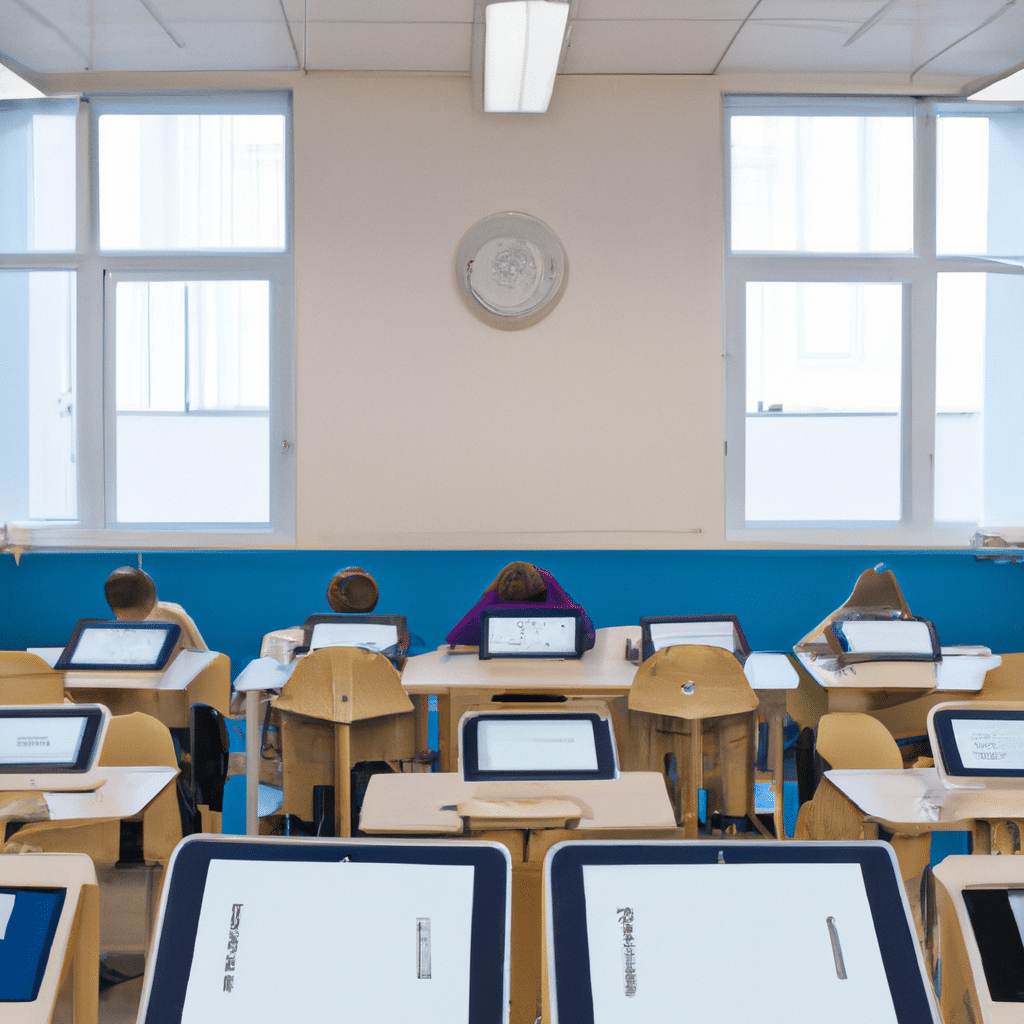IoT and the Future of Education: Personalized Learning Experiences
The Internet of Things (IoT) has revolutionized the way we live, work, and learn. IoT refers to the interconnectivity between physical objects and the internet. This technology has opened up new possibilities for personalized learning experiences in education. With the use of IoT, students can have access to tailored and adaptive learning experiences.

What is IoT in Education?
IoT in education refers to the use of smart devices and sensors to collect and analyze data to improve the learning experience. These devices can range from smart whiteboards, interactive projectors, and smart speakers to wearable devices that track the student’s physical activity and mental state. By collecting data on student performance, engagement, and behavior, educators can create personalized learning experiences that cater to individual needs.
Benefits of IoT in Education
The benefits of IoT in education are numerous. One of the primary benefits is the ability to personalize learning experiences. With IoT, educators can tailor their teaching methods to the individual needs of their students. For example, if a student is struggling with a particular subject, IoT devices can provide additional resources and support to help them improve.
Another benefit of IoT in education is the ability to collect data on student performance and engagement. This data can be used to identify areas where students are struggling and to provide targeted support. It can also be used to identify areas where students are excelling, allowing educators to provide additional challenges to keep them engaged.
IoT devices can also make the learning experience more interactive and engaging. For example, smart whiteboards can be used to create interactive lessons that allow students to participate in the learning process. Wearable devices can track physical activity and provide real-time feedback, encouraging students to stay active and engaged.
Examples of IoT in Education
There are many examples of IoT in education. One example is the use of smart whiteboards. These devices allow educators to create interactive lessons that engage students and encourage participation. They can also provide real-time feedback, allowing educators to gauge student understanding and adjust their teaching methods accordingly.
Another example is the use of wearable devices. These devices can track physical activity, mental state, and other data to create personalized learning experiences. For example, a wearable device could track a student’s heart rate during a test to identify areas where they may be struggling.
Smart speakers are also becoming increasingly popular in education. These devices can provide additional resources and support to students, such as reading assignments, practice quizzes, and study guides.
Challenges of IoT in Education
While there are many benefits to IoT in education, there are also challenges that must be addressed. One of the primary challenges is the privacy and security of student data. With the collection of sensitive data such as physical activity and mental state, it is essential to ensure that this data is kept secure and confidential.
Another challenge is the cost of implementing IoT devices in education. While the benefits of IoT are clear, the cost of purchasing and maintaining these devices can be significant. Educators must weigh the benefits of IoT against the cost of implementation to determine if it is a worthwhile investment.
Conclusion
IoT has the potential to revolutionize education by providing personalized learning experiences that cater to individual needs. With the use of smart devices and sensors, educators can collect data on student performance and engagement to create tailored learning experiences. While there are challenges to implementing IoT in education, the benefits are clear. As the technology continues to evolve, we can expect to see more IoT devices in classrooms, providing students with an interactive and engaging learning experience.












